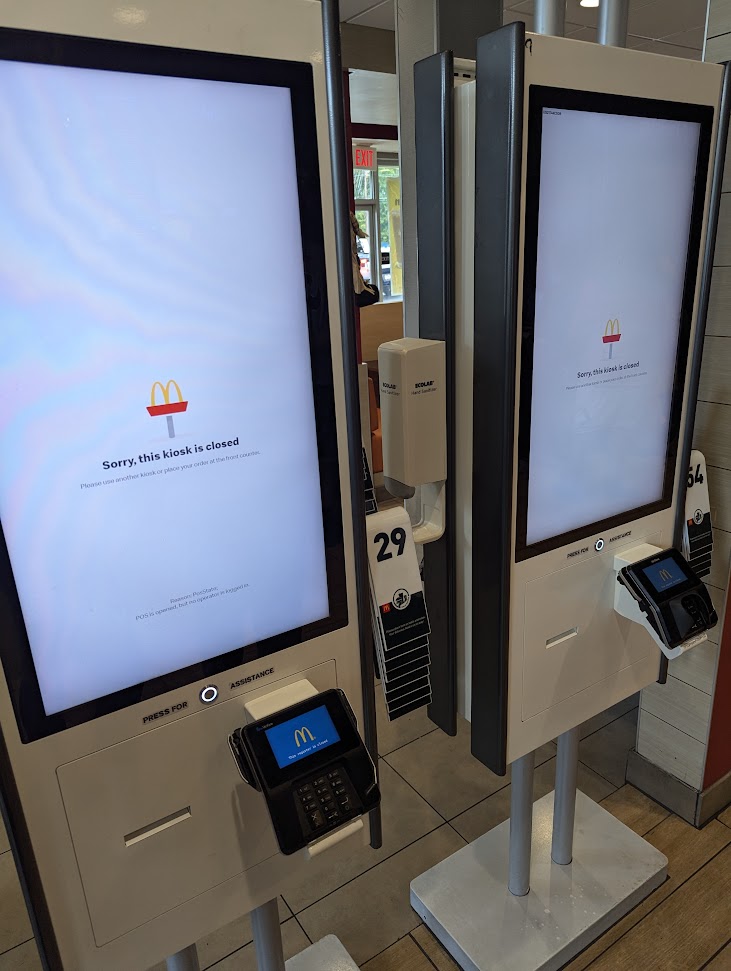Basics of IoT: Data Analytics
Leverage data analysis (historical, real-time, predictive) with IoT and AI for enhanced efficiency and customer experience with kiosks.

Today, it seems like we’re reading about more advanced and intelligent kiosk implementations across every industry. Whether it is in healthcare with the medication disposal kiosks, Walgreens introduced last fall in 14 locations across Indiana, or it’s the new self-service devices at McDonald’s for automating ordering. Even sporting and entertainment venues are getting in the game by introducing kiosks and integrated mobile solutions to bring new levels of play and competition to sports such as golf and bowling. Managing data flowing to and from these devices back to the enterprise can be complicated, but very powerful when harnessed and channeled through an IoT platform.
When it comes to data analytics, there are two common ways operators of large networks of smart vending machines traditionally look at data:
Historical data: Operators collect historical data to analyze the overall performance of their devices and generate reports that provide a retroactive view of the last 30, 60 or 90 days.
Real-time data: Smart kiosks and vending enable data running through the machines and into a management platform to be organized into real-time data metrics to monitor hardware availability, software availability, transactions and revenue performance across the fleet and make real-time adjustments to the business.
There is also a third category – one that is the most overlooked.
Predictive Data: Operators of vending machines can make their business more efficient by leveraging current technology trends such as Big Data, Artificial Intelligence (AI), and complex event processing. Empowered with the ability to take data from a fleet of machines and evaluate historical trends to predict outcomes in the future – and measure against these predicted outcomes to make business decisions is a game changer. Tracking events enables the business to predict, based on usage, when parts might fail and the ability to dispatch a technician to replace that part before it experiences failure. When monitoring software events, predictive maintenance can enable software distribution for updates and patches to ensure maximum availability and uptime.
While new kiosk implementations span many different industries and applications, the underlying technology has significant commonalities, especially regarding data capture. Common attributes of hardware availability, software uptime, network connectivity, transactions and customer information to name a few. Many vending and kiosk solutions hold inventory as well. Capturing, storing, and processing data from these devices is the core of IoT. Imagine the long-term business benefits in improved machine uptime, customer experience and bottom line with a fleet of machines optimally managed by leveraging the power of Big Data.
Hear more about the data analysis category most overlooked by self-service operators today in this video.
Are you rolling out smart vending and kiosks implementation? Then you need a back office for IoT. Learn about Canopy, the most advanced IoT platform for managing large networks of connected devices.






